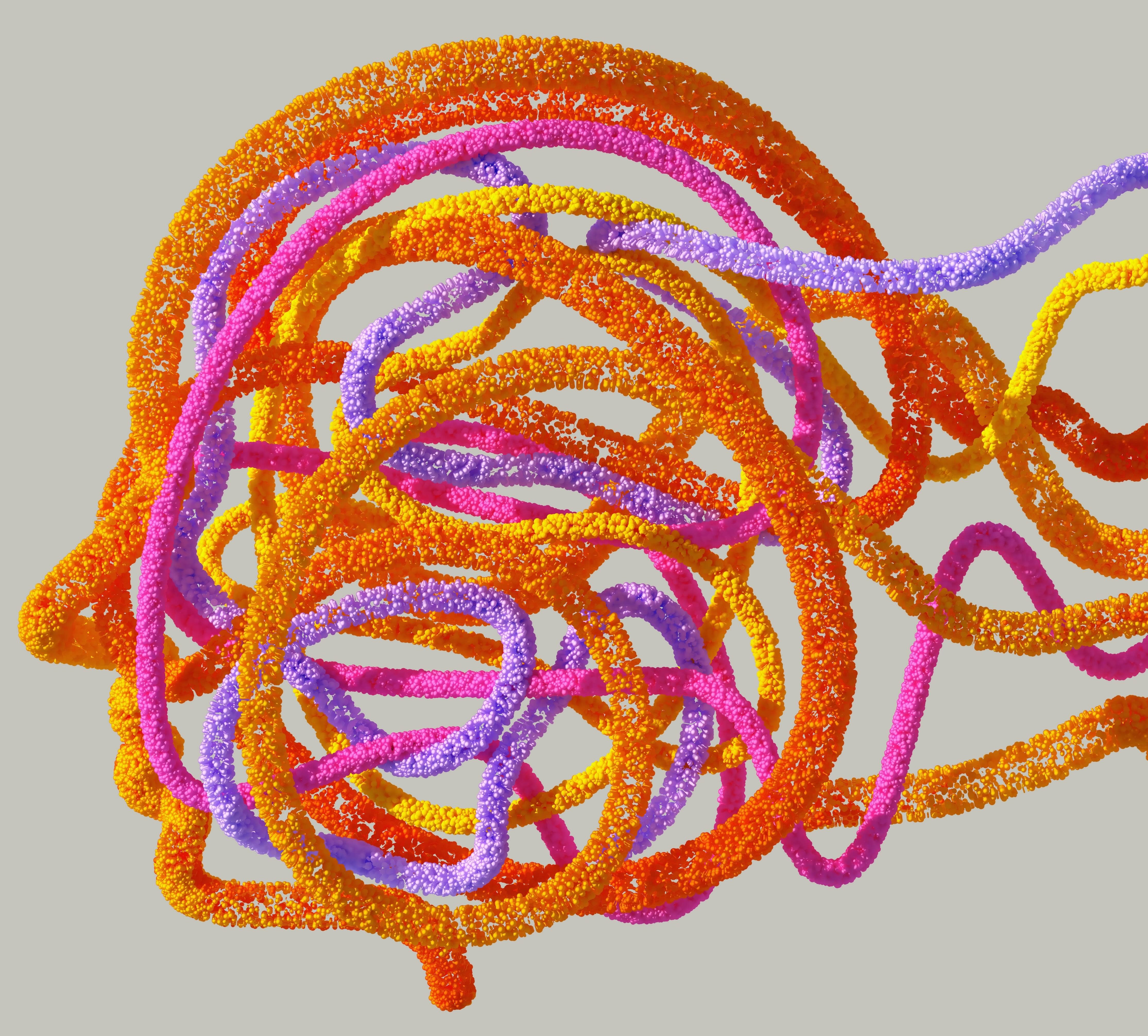
In the years since the pandemic, public health has had to fight two crises at once: disease itself, and the misinformation that distorts how communities respond to it. What was once a nuisance has since evolved into a structural challenge for health departments and for physicians striving to guide patients through an increasingly noisy information landscape.
“Misinformation has always been with us,” says Rob Oldham, MD, Placer County’s Health Officer. “Historically, some of the most damaging pieces have been those that encourage dangerous health behaviors, like smoking. The tobacco industry may have evolved, but it’s still doing damage.”
But in the last decade, the sources have changed. “We’re seeing more non-traditional forms,” Oldham continues, “especially on social media.” False health claims can now reach thousands online before public health professionals have even become aware of a problem.
Still, data on exactly how widespread misinformation is, or which communities are most affected, remains limited. “The information ecosystem varies significantly between regions,” Oldham says. “My impression is that the total prevalence here may not be all that different than elsewhere, but we don’t have solid data.”
Olivia Kasirye, MD, Sacramento County’s Public Health Officer, says the challenge runs deeper than social media alone. “The uncertainty around the information available on CDC websites worries me,” she says. “For years, I could tell people to go to trusted sources like CDC. I’m not sure I can say that anymore.”
Kasirye explains that when national health guidance changes quickly, or when information is removed, it can erode the compass that physicians and the public once relied upon. “It takes away the guide we used to help people navigate what’s on the internet,” she says.
In that void, she’s begun to look toward emerging collaborations like the Western States Scientific Safety Review Workgroup, as well as long-standing professional organizations such as the American Academy of Pediatrics, which continue to provide vetted, science-based recommendations.
The groups most vulnerable to misinformation, Oldham notes, often mirror those already at risk for other public health issues: people with underlying health conditions, those facing discrimination, or individuals who are socially isolated.
“We’re beginning to understand the tremendous health benefits of connection,” Oldham says. “One may be that it protects us from being misinformed by actors sharing information that doesn’t align with our best interests.”
Kasirye adds that tightly knit communities with long-standing mistrust of government can also be susceptible. “When we identify groups that are vulnerable, they sometimes become targets,” she explains. “That makes outreach even more challenging.”
Part of the problem, Kasirye says, is that vaccines have been so successful that few people remember what life was like before them. “A lot of people have never seen a serious case,” she says. “When I was training in Uganda, we saw newborns with tetanus, and children with severe measles complications. Those memories stay with you. But in countries where those diseases are now rare, people have the luxury of debating whether to vaccinate or not.”
That complacency has consequences. Sacramento has already seen several measles exposures this year, but thanks to strong school vaccination requirements, none have spread further. “That’s what protection looks like,” Kasirye says.
Both Oldham and Kasirye agree that facts alone rarely change minds. “Empathy, active listening, and suspended judgment are as important in countering misinformation as they are in clinical care,” Oldham says. “Most people are just trying to make sense of a complex world filled with noise. They’re doing their best to protect themselves and their families. Our role is to meet them where they are, listen first, and build understanding through honest, respectful conversation.”
Kasirye has found that working through trusted messengers, even “influencers,” can help. “During COVID, we provided local influencers with accurate information, and it was more acceptable to the people who followed them,” she recalls. “Personal connections matter too. Some of my own relatives were hesitant until I talked to them myself.”
The health officers expressed deep appreciation for local physicians who continue to speak up for evidence-based care. “The medical community has been such an inspiration,” Oldham says. “They’ve been public health’s strongest supporters through tough times.”
Kasirye echoes that gratitude. “SSVMS really stepped up during COVID,” she says. “Many physicians volunteered to be part of a video campaign to promote vaccination. It’s important we keep doing that — providing accurate information and staying visible.”
For Melody Law, MD, El Dorado County’s Interim Health Officer, visibility itself may be the most powerful tool. “Our shared commitment to health empowers us to address uncertainty through empathy, transparency, and evidence-based practices,” she says. “Building trust and working together are critical. We need to keep amplifying reliable sources and strengthening health literacy.”
For Oldham, combating misinformation isn’t just about correcting errors but also about rebuilding civic and social bonds. “Make yourself known to elected officials and other leaders,” he advises physicians. “Every public meeting gives anyone two or three minutes to speak. You don’t have to advocate for a specific policy right away. Just show up, share who you are, and offer yourself as a resource. Building those relationships pays off over time.”
Ultimately, the antidote to misinformation may be the same as the prescription for burnout: understanding, connection, and persistence. “When we meet people where they are,” Oldham says, “we’re not just correcting misinformation; we’re strengthening the very fabric of public trust.”
- Previous
- ← Holiday Recipes 2025

